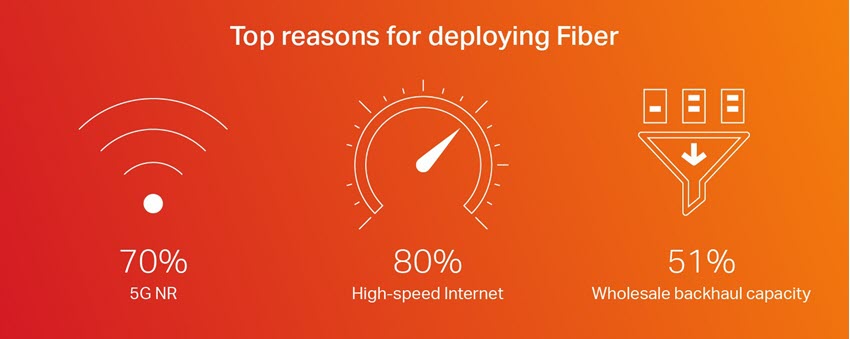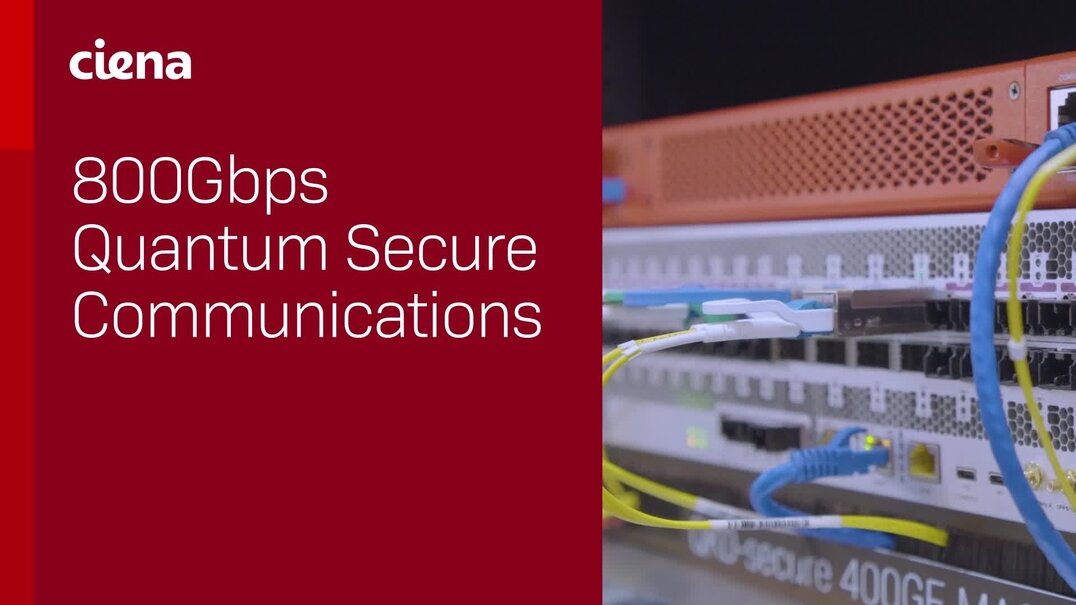6 Takeaways from Heavy Reading Cable’s Fiber Outlook Survey Report
Cable operators are in the midst of advancing their existing systems, deploying more and more fiber to help satiate massive bandwidth-hungry applications and Gigabit speed hybrid fiber-coax (HFC). With the rush to deliver Gigabit Internet speeds, cable operators are in the sole position as they, in the US, provide broadband services to an estimated 60% of all residential subscribers and pass approximately 93% of homes.
With so much at stake, it’s important to understand how cable operators plan to carry out their digital fiber buildout strategies. And, how these buildouts fit into plans for other key technological and architectural initiatives like Fiber Deep, 5G transport and coherent optics.
Seeking answers to what cable’s fiber feeding frenzy is fueling and what it all means, Ciena partnered with Heavy Reading to survey the SCTE membership about their fiber buildout plans. The survey generated a healthy 310 responses from cable industry professionals around the world. The Heavy Reading Cable’s Fiber Outlook Survey Report presents the responses to the survey. Here is a view of the top 6 takeaways from the report:
Fiber Deep/Last Mile Plans
Cable operators are carrying out their commitment to extend fiber as deep as possible as they build out their converged interconnect network (CIN). Just about half of all cable respondents say their company’s biggest reason to go fiber deep is to improve service performance and the customer experience.
- 87% of cable operators have already started extending fiber deeper into the access network or plan to get started soon.

How deep? More than one-third of the respondents say their company plans to go fiber-to-the-home (FTTH). And, it’s not just for bandwidth capacity.
- Top reasons for deploying Fiber:

5G Drives Fiber Deep Initiatives
Cable operators know that the future of networking is about fiber connectivity. And, they are clear on which 5G use cases will be most important for them over the next five years.
- 80% believe high-speed internet will be most important, including broadcast and enhanced mobile broadband.
Respondents expect optical fiber access to be the dominant means to reach 5G NR base stations. In anticipation of commercial deployments of 5G NR, respondents expect to upgrade their fiber networks. Thirty percent expect to start planning within one to two years.
- How important is 5G NR to your company’s Fiber Deep plans?
- 30% Critical
- 47% Important
Coherent Optics will Drive Fiber Capacity
The last section on the report digs into fiber wavelengths and coherent optics. As cable operators drive fiber deeper in the access network, they are making decisions on how to light it. Coherent technology which revolutionized optical networking in long-haul networks is moving into the metro network.

As MSOs look to boost capacity and performance in all parts of their networks, coherent DWDM is set to play a central role. The technology is viewed as a way to increase capacity to 100-400 Gbit/s data rates.
- Benefits of deploying coherent DWDM
- 33% extending unregenerated reach to 1,000 km+ distances
- 53% increasing single-carrier capacity per wavelength to 100-400 Gbit/s and greater
Bottom line, deploying fiber closer to the customer makes a lot of business sense for cable operators. The large information carrying capacity of fiber is adored by bandwidth hungry consumers and businesses. And, fiber’s ability to support new wireless services, deliver advanced video services and support business cloud services makes it a win-win investment for cable operators and their subscribers. Plus, fiber is an operations cost reduction bonanza because costly amplifiers and other active electronic devices are removed from the access network.
Download the report, Cable’s Fiber Outlook Survey Report, to delve into the findings of this comprehensive survey.





